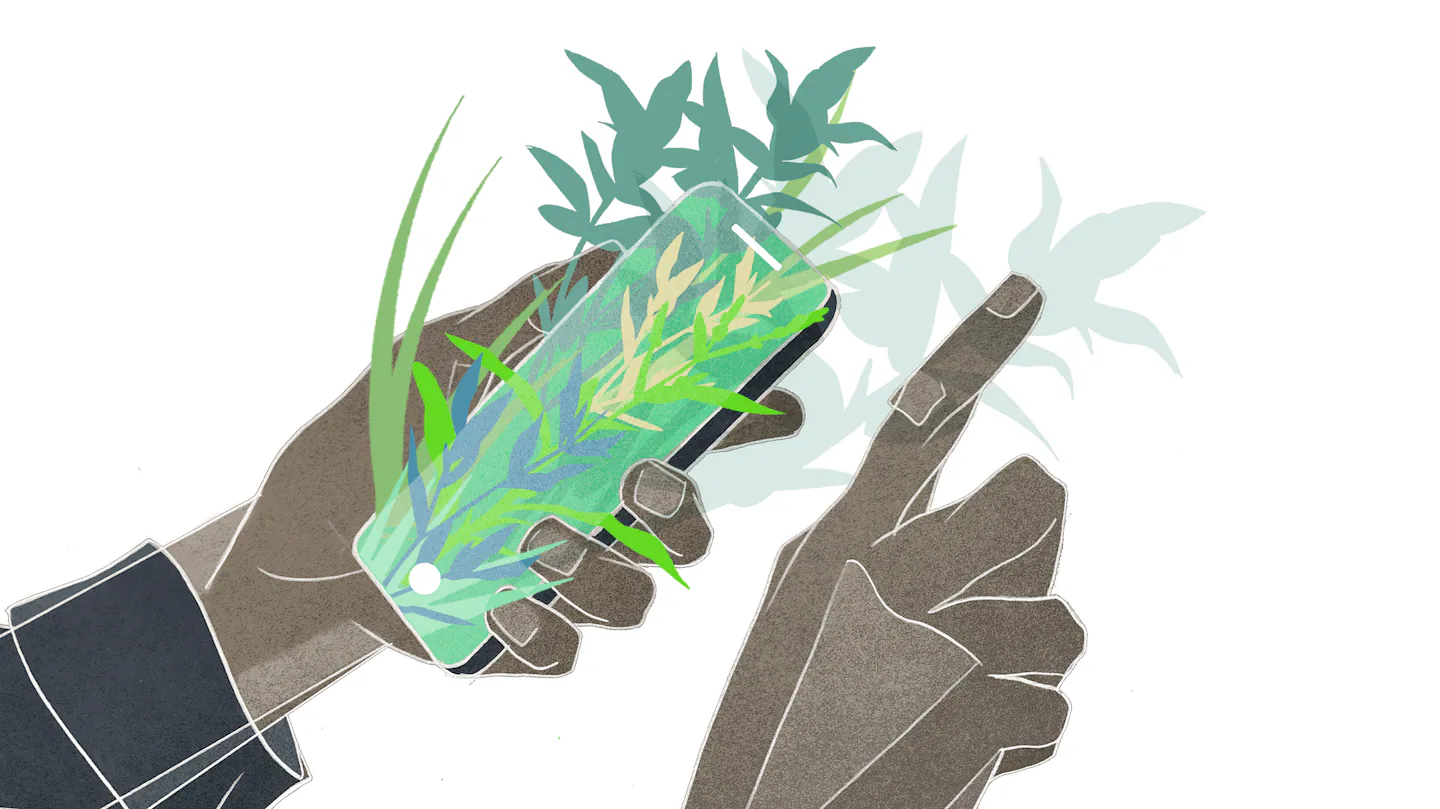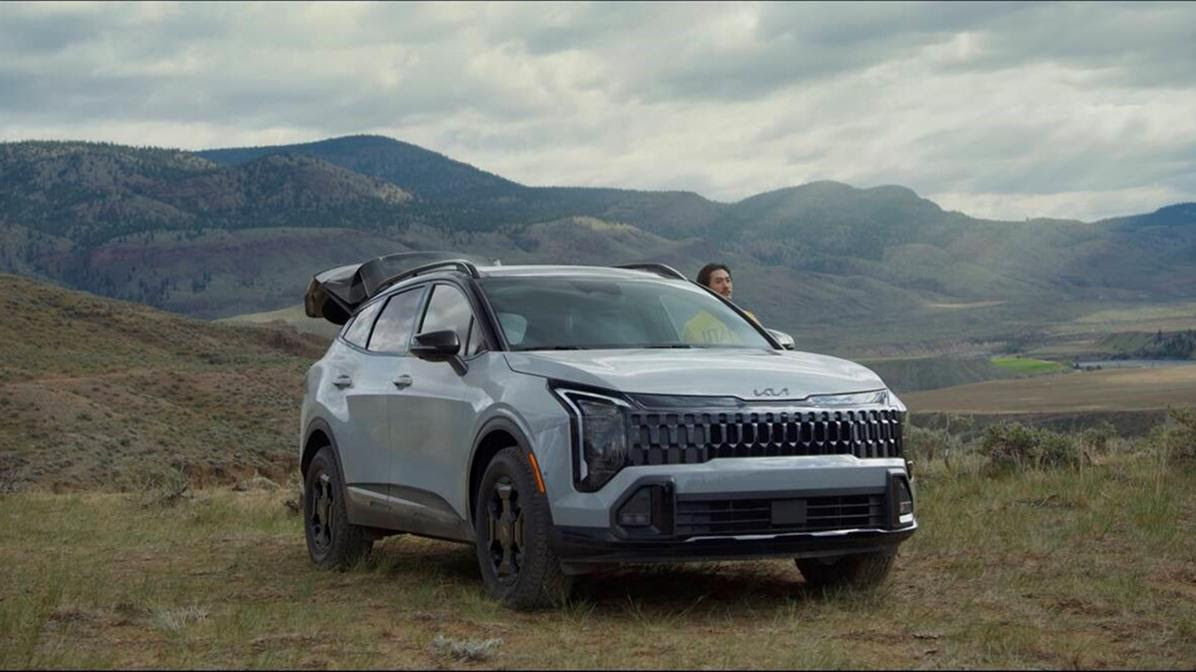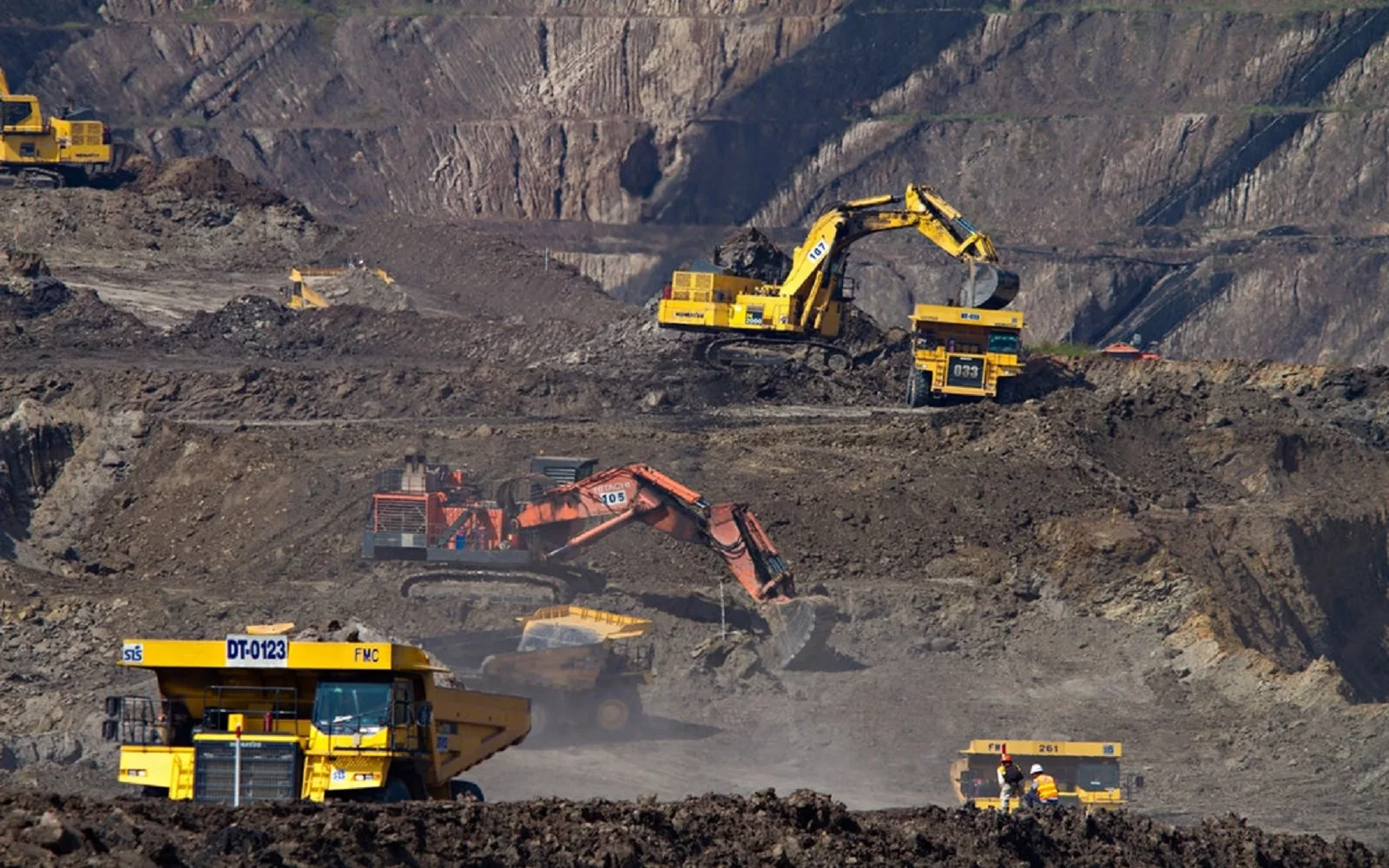
My friend Holly and I have backpacked together for more than 20 years all over the West, from Washington’s Olympic National Park to the Colorado Rockies, and she’d never had an issue before. But for the last few days, Holly’s heart had been fluttering as we climbed mountain passes over 10,000 feet, and she’d been woken up in our tent by her heart pounding.
We were camped at Muir Trail Ranch, a rustic backcountry resort only accessible on foot or horse and a popular stopover spot for JMT hikers. Most people take a couple of weeks to hike the trail and mail themselves packages of food to pick up en route at places like the ranch.
Outside the ranch’s tiny store and informal post office, we and other hikers sat at dilapidated picnic tables and sifted through our packages. Because everyone invariably ships themselves too much food, these resupply days turn into a strange potluck of sorts. Everyone’s trading the Clif bars they’re tired of for the gummy bears someone brought too many of. There’s so much surplus food, the ranch staff organize the leftovers into buckets that line the store’s porch. There’s a bucket for leftover breakfasts, one for dinners, one for snacks — and an entire bucket devoted to tortillas.
On the porch, there’s a table with two power strips for recharging electronics. A mess of cables are charging smartphones, portable battery packs, and satellite-texting devices — like a Spot or what I use, a Garmin inReach.
While we sorted through our food, we used our inReach to try to get some medical advice. We sent a message to my dad, who is a retired doctor, a friend who is a nurse, and my partner, who excels at internet research. This device bounced the text message from my phone off a low Earth orbit satellite. It works slowly if you’re down in a narrow valley or there’s a lot of tree cover.
Luckily, we had a clear view of the sky, and my dad replied quickly. Could we get to a phone? No, the ranch didn’t have one. How far was the nearest town to get Holly seen by a doctor? Twenty miles and over a mountain pass. Could we alter our route to avoid hiking at high altitude? No, not without abandoning our trip entirely — from here, the John Muir Trail would take us over increasingly high mountain passes, culminating with the summit of Mount Whitney, the tallest mountain in the contiguous United States at 14,505 feet. My dad’s messages arrived on the device haphazardly, and some of the words were cut off in the middle. We had to work to decipher them.
My partner responded too with their own health update: They’d broken their ankle and were going to need surgery.
Holly and I relish the chance to unplug when we’re in the wilderness. We can not only get away from emails and work calls but be fully present in the beautiful places where we backpack. But over the years, we’ve seen how the trail has changed because of the ubiquity of phones and, now, better and better cell service and satellite connections. More people on the trail are using apps to navigate. The need to hike for days on a broken leg is largely gone; you can often press an SOS button on your satellite device and a helicopter comes. But it also means that we’re no longer unplugging in the wilderness the way we used to — newer phones offer satellite texting options, making it easier than ever to stay in touch with loved ones.
My knee-jerk reaction to all of this has been to criticize it — but there I was, facing the desire, and frankly the need, to be connected to the outside world. Cell or satellite service in the wilderness is a Pandora’s box. As staying connected becomes more of an option, it’s hard to resist opening it.
The idea of official wilderness areas in the United States dates back to the 1920s, when environmentalists like Aldo Leopold became concerned that national forests and parks were being divided up by roads for tourists. He advocated for the preservation of roadless areas so he and others could have a particular kind of experience in nature, traveling on foot or horse for weeks at a time without running into civilization.
In 1964, Congress codified this idea by passing the Wilderness Act, which set aside undeveloped parts of federal public lands for an even higher level of protection. By law, these are natural, undeveloped places to experience solitude and primitive recreation. (Muir Trail Ranch lies on an island of private land within the wilderness boundary.)
For years, I’ve been reporting on how this official definition of wilderness is being tested.
These places that are supposed to be “natural” are being altered by the effects of human-caused climate change and increasingly severe wildfires. Trails that are supposed to offer solitude have seen visitation skyrocket as the internet and then the pandemic introduced more people to outdoor recreation. Because of budget cuts and hiring freezes, trails are being neglected and ecosystem restoration is often put on hold. That’s only been exacerbated by the Trump administration. Public lands adjacent to wilderness are under threat of being sold or logged or mined, which can have ripple effects across wilderness boundaries. All of these changes affect the physical wilderness, which in turn affects our experience of it.
But perhaps the biggest change to the human experience of wilderness is our use of technology on the trail. People are using their smartphones like digital Swiss Army knives: to take pictures, to navigate using digital maps, to check apps for up-to-the-mile information on where to camp or get water. On our hike, we saw a guy sitting in the shade under a tree playing a game on his phone. We saw a father and son with earbud cords dangling around their necks, each listening to music. We asked one hiker going the other way how far we were from a trail junction and, annoyed, she told us to check our app.
At first, partly because of interactions like this last one, I bemoaned the rise of smartphones in the wilderness. I had learned to navigate using a map and compass, and I saw phones as getting in the way of reading the landscape.
The writers of the Wilderness Act back in the 1960s obviously didn’t have anything to say about smartphones. But today, some wilderness advocates say that smartphones can be seen as a violation of the “primitive recreation” requirement for wilderness areas. One land manager told me that when cellphones first came on the scene, she and her colleagues discussed whether phones should even be allowed in the wilderness. “That discussion is long gone,” she says.
Bemoaning new technology in the wilderness is nothing new, according to Rachel Gross, a historian and author of the book “Shopping Our Way All the Way to the Woods: How the Outdoor Industry Sold Nature to America.” She tells me, “Since the 1880s, people have been shaking their fist at the idea that there is some object, some incursion from modern commercial society, that is threatening the idea of the wilderness that they want to get back to.”
Take Gore-Tex, the waterproof material that is used to make rain jackets. Gross says that when it was invented in the 1970s, some in the outdoor community worried hikers would over rely on the fabric instead of learning how to read weather patterns to stay dry. With each new piece of gear, veteran hikers have wrung their hands over how it will change people’s experience of wilderness.
I’ve come around to seeing smartphones as just another tool on the trail. And because, so far at least, there’s limited cell service in the wilderness, the smartphone has remained a constrained tool. By law, cellphone towers can’t be installed in wilderness areas, so you really have service only if you’re in the line of sight of a town.
But last year, Apple included satellite texting in its latest operating system. T-Mobile offered the same to its customers this year. Soon, the satellite device that Holly and I use won’t be necessary because our phones will have satellite texting capabilities. And cell and internet service is expanding. Congress passed a law directing national parks to look into expanding internet and cell service to places like developed campgrounds, and this infrastructure’s range will likely reach wilderness areas. How long until we’re able to make a phone call on the trail? Or check our work email?
The idea of increasing connectivity in wilderness is so antithetical to the mainstream conception of wilderness that environmental groups like Public Employees for Environmental Responsibility opposed the bill.
“Smartphone connection might be the biggest risk to the human experience of wilderness,” says Ryan Ghelfi, executive director of the Selway Bitterroot Frank Church Foundation. His organization oversees trail crews, including youth crews, in the Selway-Bitterroot and Frank Church-River of No Return Wilderness areas of Idaho, some of the largest and most remote such areas in the United States. Ghelfi says trail crew leaders are considering requiring youth crew members to leave their phones at home. Rangers at some remote wilderness stations now have the option of internet access via StarLink. “We’re going to have to choose intentionally on an individual level” whether to ignore our phones, Ghelfi says. That’s going to be hard, even for those of us who might want to disconnect completely.
I felt that internal struggle later in the hike, sitting by a creek one evening to filter water. Instead of watching the sun set over the mountains, I had my head down sending a message to my partner to see how the surgery went. It didn’t seem like the right way to be experiencing nature, but I also thought, as Rachel Gross says, there isn’t one right way to do that.
I imagine there are people who feel more comfortable being in the wilderness if they have phone service, and better connectivity will increase access to these places. Still, I treasure wilderness for being the rare zone where I don’t have to control my impulses around my phone. Gross doesn’t deny that smartphones have changed our ability to sit for five minutes without turning to our devices out of boredom or habit. But, she says, that’s a problem with our phones, not wilderness. “That says more about our everyday lives than it does about the rare times away.”
A few days later, Holly’s heart palpations hadn’t gone away and we decided to get her checked out. We climbed up into a valley of lakes surrounded by meadows below towering granite peaks. It was a lovely bluebird day, and the water on the lakes sparkled in the sunlight. We planned to camp a night here and in the morning hike up and over the last two mountain passes that would take us to the nearest trailhead, where we could catch a ride to a clinic.
But while stopping for lunch, we ran into a hiker headed the other direction who said a ranger told him a storm was on the way. Then we met a group of hikers who had used their satellite device to get a weather update. Rain was forecast to start the next day at noon and continue for days. Some friends we’d made on the trail texted us on our Garmin inReach. They’d heard about the storm too and were planning to go over the first pass that day and the second pass early the next morning, ahead of the storm. We decided to do the same.
We woke early in the morning to hike up to the last pass. There were so many other hikers doing the same thing that the trail switchbacking up to the pass looked like an ant farm from below. As we started to climb, it struck me that even with all the texting and access to information like a weather forecast — and yes, the Gore-Tex rain jackets in our packs — ultimately, we were still on our own, faced with thousands of feet of climbing and quickly worsening weather conditions. And despite our connection to the outside world, hikers had shared information with one another in real time, like a little internet of people on the trail.
“If there is a thunderstorm on the John Muir Trail, you could still die,” Gross says (echoing my worst fears), despite all the technology in the world. “Thank goodness you and others could get info to stay safe and make decisions.”
At the top of the pass, under still blue skies, people stopped to eat snacks and chat. In the past, this crowd would have annoyed me, but now it felt delightful, a moment of camaraderie with others who were facing the same situation as we were. People shared their plans. A hiker from Los Angeles had used her T-Mobile satellite option to text a family member to book a hotel room for her in a nearby town. Others decided not to wait out the storm and were going to end their trip early. One of the hikers we met gave us a ride from the trailhead to the nearest hospital. Thankfully, Holly was fine and the doctors cleared her to finish our trip. At the summit of Mount Whitney, hikers took turns taking celebratory photos of one another. I jokingly asked if anyone had service, and someone said he’d just called his dad.
I personally will grieve the loss of the wild as a place to unplug. But as much as I don’t want to check my email or scroll social media while on the trail, my phone is a great safety device. I’m just going to have to get better at turning it off and leaving it in the bottom of my pack. Too bad it’s also got such a good camera.



